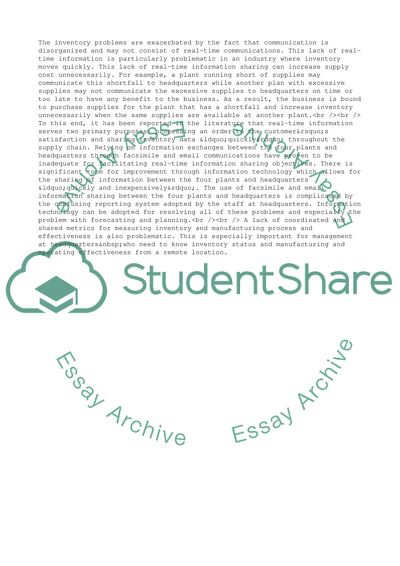Cite this document
(Integrated Studies in Procurement and Acquisitions Management Case Study, n.d.)
Integrated Studies in Procurement and Acquisitions Management Case Study. Retrieved from https://studentshare.org/management/1663868-case-of-the-rewired-supply-chain
Integrated Studies in Procurement and Acquisitions Management Case Study. Retrieved from https://studentshare.org/management/1663868-case-of-the-rewired-supply-chain
(Integrated Studies in Procurement and Acquisitions Management Case Study)
Integrated Studies in Procurement and Acquisitions Management Case Study. https://studentshare.org/management/1663868-case-of-the-rewired-supply-chain.
Integrated Studies in Procurement and Acquisitions Management Case Study. https://studentshare.org/management/1663868-case-of-the-rewired-supply-chain.
“Integrated Studies in Procurement and Acquisitions Management Case Study”, n.d. https://studentshare.org/management/1663868-case-of-the-rewired-supply-chain.


